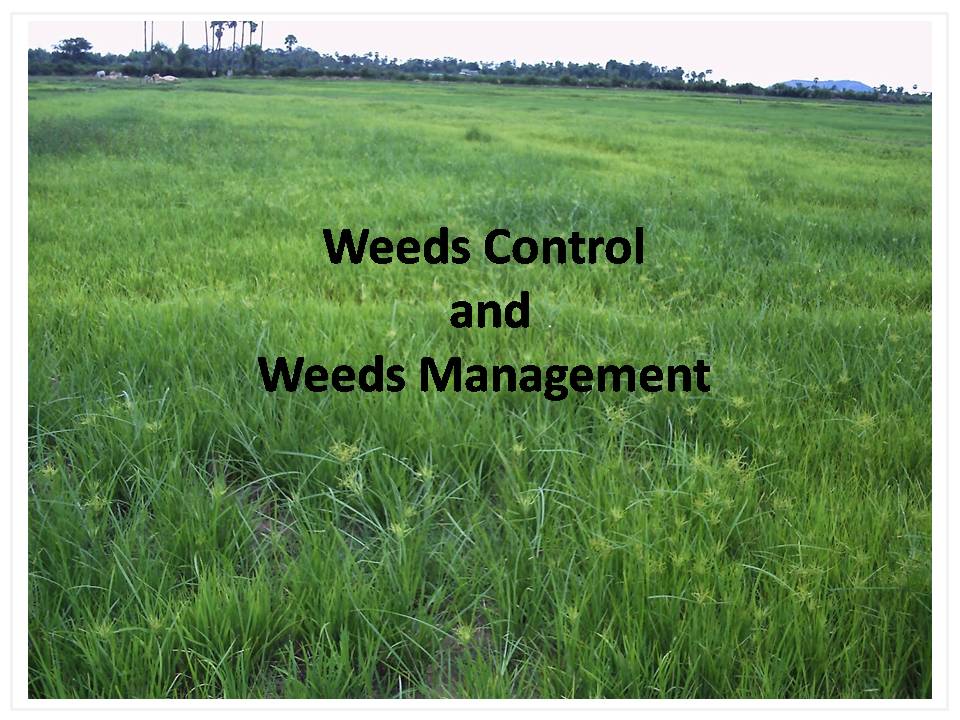Title
Comparative Economics of Weed Management Treatments in Upland Rice at Western Mid Hill of Nepal
Authors
Sidda Lal Bohara
Department of Agronomy, Institute of Agriculture and Animal Science (IAAS), Tribhuvan University, Kirtipur 44618, Nepal
*Corresponding author E-mail address: sidbohara2014@gmail.com
Article History
Publication details: Received: 23rd March 2021; Revised: 03rd May 2021; Accepted: 03rd May 2021; Published: 16th July 2021
Cite this article
Sidda Lal Bohara. Comparative Economics of Weed Management Treatments in Upland Rice at Western Mid Hill of Nepal. Green Rep., 2021, 2(5), 1-5.

Abstract
Weeds cause drastic reduction on yield and quality of rice. The weeds problem is more severe in upland rice system. The efficiency and economics of different weed management treatments on weed dynamics, yield and economics of upland rice were evaluated by carrying out field experiment during rainy season of 2017 AD at NARC research station, Dasarathpur, Surkhet, Nepal. The experiment consisted of six treatments viz: control, farmer’s practice hand weeding, dry land weeder, pendimethalin with one hand weeding, hand weeding plus Bispyribac sodium and pendimethalin plus bispyribac sodium which were tested in one factor RCBD design with four replications. Pendimethalin plus bispyribac sodium was found efficient among all the treatments for the weed control. The highest grain yield (2.63 ton/ha) was also observed under the same treatment while lowest yield under control plot (0.99 ton/ha). The pendimethalin plus bispyribac sodium recorded the highest net returns and B: C ratio and was the most efficient and economical weed management option in upland rice.
Keywords
Upland rice; Weed Management; Economics; Herbicides